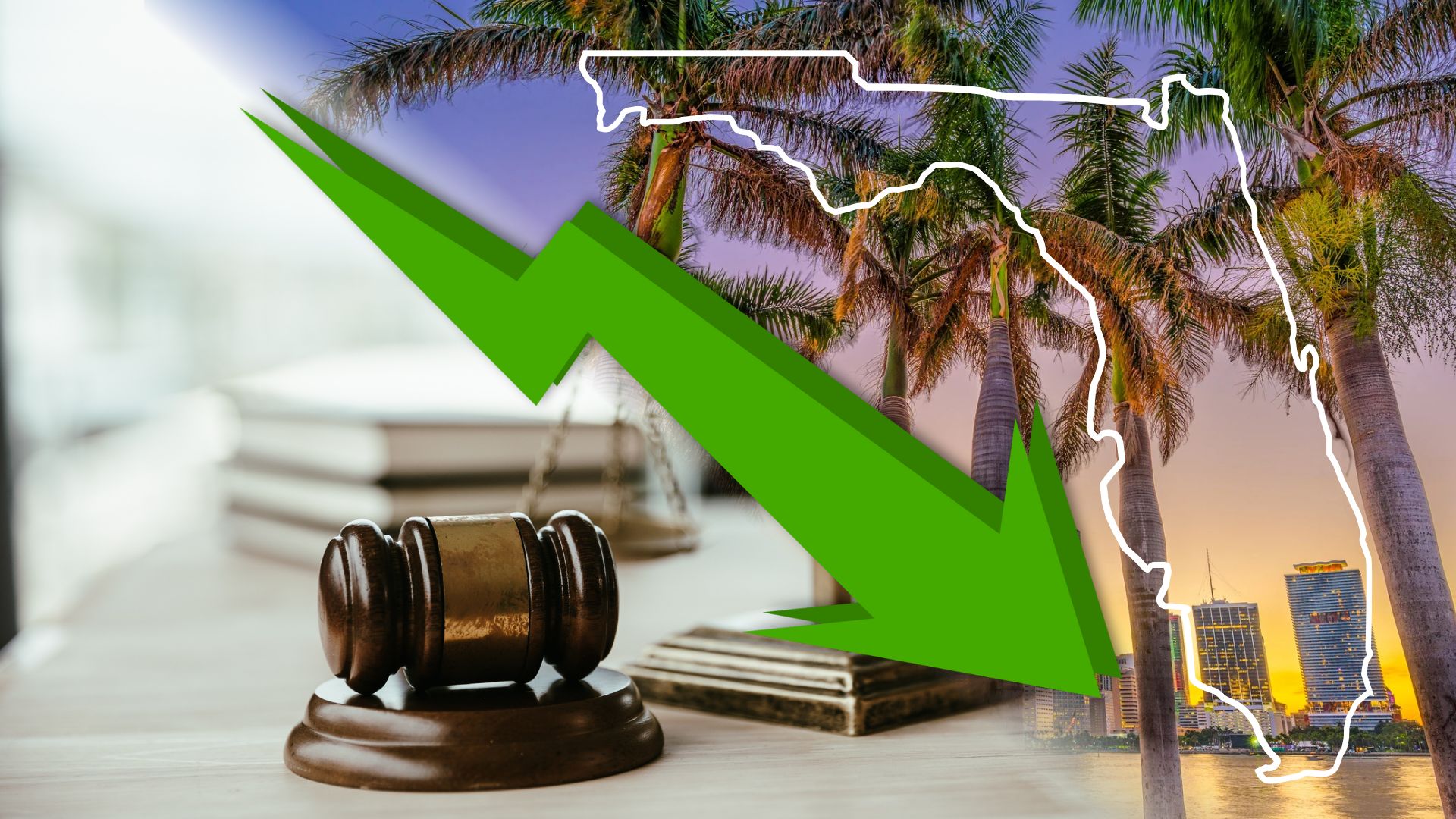Florida Insurance Market Relief Gains Momentum
Floridians may experience meaningful financial relief as recent insurance rate reductions are announced for both homeowners and drivers. While the newly proposed budget for fiscal year 2025-26 includes additional measures to lower costs moving forward, the current savings are largely the result of older legislative reforms that are only now beginning to yield results.
Impact of Older Legislative Reforms
Recent decreases in insurance rates can be traced back to a series of reforms passed across previous years aimed at addressing deep-seated issues in Florida’s insurance market. These reforms, which targeted insurance fraud, litigation abuse, and unstable market conditions, were essential in stabilizing the industry. However, the effects of such systemic changes are not immediate and often take years to fully materialize.
-
Litigation and Fraud Reduction
Legislation such as HB 7065 (2019) and SB 2D (2022) played pivotal roles in curbing fraudulent claims and reducing litigation abuse. For example, changes to Assignment of Benefits (AOB) agreements and the elimination of one-way attorney fees helped lower excessive legal costs that had been driving premiums higher for policyholders across the state. -
Enhanced Reinsurance Programs
The state also implemented programs like the $2 billion Reinsurance to Assist Policyholders (RAP) fund in 2022, which supported insurers in managing risks associated with hurricanes and other disasters. These efforts helped stabilize the market, allowing insurers to plan for long-term sustainability and eventually pass savings on to consumers. -
Time Lag in Implementation
Complex changes like these take time to filter through the market. Insurers had to adjust their business models, and improvements such as fewer lawsuits and fraudulent claims took years to influence premium rates. The reductions being announced today are the cumulative result of these efforts coming to fruition.
New Budget Proposals Build on Reforms
Building on the foundation of these earlier reforms, Governor Ron DeSantis has proposed several new initiatives in the state’s 2025-26 budget to further stabilize the market and reduce insurance costs. The budget allocates more than $600 million to programs designed to harden homes, reduce storm-related risks, and ease financial pressures for Floridians.
$590 Million for My Safe Florida Home Program
The My Safe Florida Home initiative focuses on “home-hardening,” or funding wind mitigation upgrades for homeowners. These upgrades, such as reinforced roofs or storm-proof windows, help protect homes from hurricane damage while lowering the likelihood of expensive insurance claims. Key details of the program include:
- $480 million to address a backlog of 45,000 homeowners who have completed inspections and are on a waitlist for grants.
- $109 million in recurring funds for inspections and grants for an additional 10,000 homeowners each year.
This program not only strengthens individual homes but also contributes to broader market stability by reducing risks state-wide, potentially keeping premiums lower for all policyholders.
$30 Million for Condo Pilot Program
The condo market, which has faced some of the highest insurance premiums in Florida, is also set to benefit from the proposed budget. The Condo Pilot Program will receive $30 million to provide funds for building hardening, repairs, and storm resilience upgrades. By addressing these costly vulnerabilities, the program aims to lower fees and claims that have burdened condo owners for years.
Other Insurance Market Supports
Additionally, $6 million is set aside for rehabilitating struggling insurance companies, helping them recover from financial losses and remain operational. Another $1.1 million is allocated to the Office of Insurance Regulation (OIR) to expand its oversight and ensure policyholder protections across the state.
OIR Commissioner Mike Yaworsky has highlighted how both past reforms and ongoing efforts are shaping Florida’s insurance market into a more stable and sustainable system.
How These Efforts Relate to Rate Reductions
The intersection of these older legislative reforms and the new budget proposals exemplifies a multi-year strategy to address Florida’s insurance challenges. The announced rate reductions, which include cuts for Citizens Property Insurance policyholders and auto insurance customers, reflect the results of a more stable market fostered by these reforms, complemented by continued investment in reducing risk.
Citizens Property Insurance Rate Reductions
Among homeowners, Citizens Property Insurance policyholders are expected to see regional rate decreases in 2025, particularly in South Florida:
- Palm Beach County: 20% of customers will see rate reductions.
- Miami-Dade County: 73% are expected to save an average of 6.3%.
- Broward County: 52% will experience average rate cuts of 4.5%.
These reductions follow previous state regulators blocking a 14% rate hike for 2025, demonstrating an active effort to manage costs while insurers adapt to the new market landscape.
Lower Auto Insurance Premiums
Floridians insured with major auto insurance providers—such as Geico, Progressive, and State Farm—are also seeing rate reductions ranging from 6% to 10.5%. These savings stem from the improved financial stability of insurers, driven by long-term market reforms.
Broader Housing-Related Initiatives
Alongside insurance-focused programs, the proposed budget emphasizes housing affordability initiatives, dedicating $506.2 million to workforce housing aid. The Hometown Heroes Housing Program, which provides affordable options for essential community workers like teachers and healthcare professionals, is set to receive $100 million. Combined with insurance-related investments, nearly $1.1 billion in funding has been directed toward housing and property challenges for Floridians.
What Floridians Should Know
The announced savings and proposed programs represent a layered approach to tackling high premiums and broader housing expenses. Here’s what policyholders and homeowners can do to prepare:
- Check Your Policies
Reach out to insurers to verify when announced rate reductions will take effect and confirm your coverage is up-to-date. - Apply for Grants and Upgrades
Homeowners and condo associations should explore eligibility for wind mitigation grants through the My Safe Florida Home Program or the Condo Pilot Program. - Monitor Budget Updates
The state legislature will finalize the proposed budget during the next session, with funding allocations potentially impacting future initiatives.
Looking to the Future
While Floridians are already starting to see relief from earlier reforms, the additional funding proposed in the 2025-26 budget aims to ensure these savings continue and expand. Addressing long-standing vulnerabilities in the housing and insurance markets remains a priority, and the combination of past successes and new efforts creates a pathway to a more financially secure future for residents.


